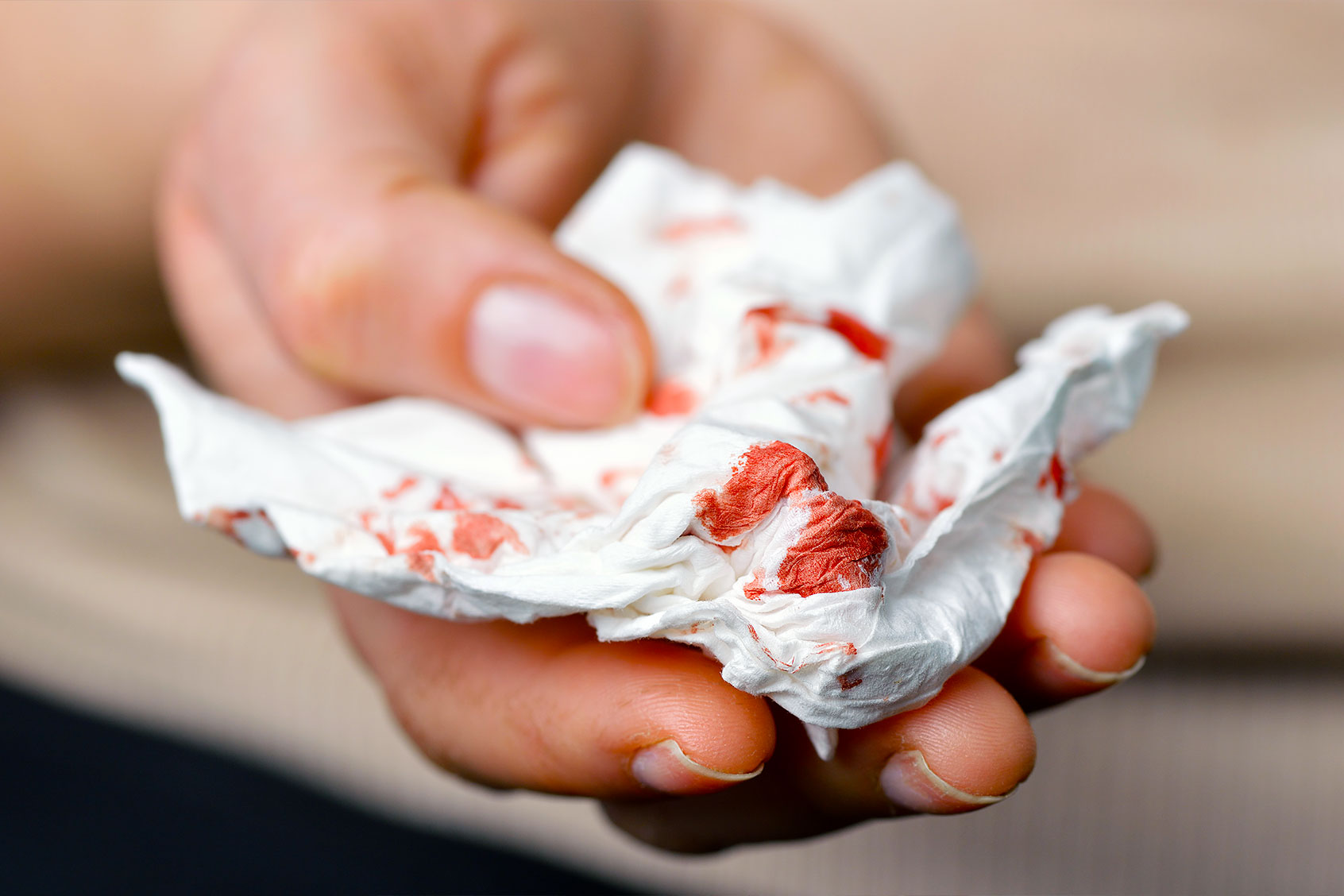America is bleeding. We are in the throes of an escalating gun violence epidemic, with mass shootings a now daily tragedy. Vehicular deaths have in past year increased by 10.5%. Even shark attacks are on the rise. But it’s okay; you’re safe. You weren’t injured, or at least not seriously. Now, however, in the aftermath of the chaos and confusion, you realize there’s blood — someone else’s blood — on you. You should get checked that out.
Want more health and science stories in your inbox? Subscribe to Salon’s weekly newsletter The Vulgar Scientist.
We’ve spent the last few years getting used to a more hygienic new normal, one in which we have become painfully aware of the risks of just breathing on each other. Yet we rarely consider the consequences of bleeding on each other. It certainly hadn’t crossed my mind in a concrete way until I recently wound up in the path of an elderly pedestrian with a traumatic head injury. I waited for the ambulance with him, ineptly trying to stanch his wound with a paper towel. After the paramedics arrived and he was on his way to the hospital, I washed up in a nearby restaurant’s restroom. I came home and showered and laundered my clothes. And I called my doctor.
Though the risks of infection from superficial physical contact with blood are relatively low, it doesn’t mean they should automatically be dismissed in the relieved aftermath of an accident or act of violence. The CDC estimates that from 2.4 to 4.7 million Americans are living with hepatitis C, and up to 2.2 million are living with hepatitis B. More than half of them don’t know they have their conditions, which can cause mild illness or more serious, long term symptoms. So it’s worth it for all of us to understand what healthcare workers, who have well thought out protocols for just these types of events, know about blood exposure. Being cautious and prepared can be especially important when you don’t know the health status of the other people involved in your incident.
First, you should know what you are, and are not, at risk for.
“With regards to COVID-19, there is no risk of acquiring it through blood as this is not the mode of transmission for SARS-CoV-2. It is through respiratory secretions/fluids,” explains Erica Susky, an infection control practitioner in Toronto. It’s not a bad idea, however, to consider how close you may have been to others, for how long and in how well ventilated a space.
“For bloodborne viruses (HIV, hepatitis B and C), exposure can occur with blood but not with other bodily fluids (feces, vomit, nasal secretions, saliva, sputum or tears),” Susky continues. “Exposure is possible when infected blood comes in contact with non-intact skin, mucous membranes, and through the skin through a needle or sharp object. Factors to consider would be if the blood comes from someone infected, the amount of virus in the blood, if the person exposed is immune (as vaccines are available for hepatitis B) and the volume of blood involved in the exposure.” And Nancy Mitchell, a registered nurse and contributing writer for Assisted Living Center, points out that “While the most common blood borne pathogens are HIV, hepatitis B and hepatitis C… there are more than 20 other pathogens that can be transmitted via blood exposure.”
Next, assess whether the person’s blood could have had a viable point of entry to your body. “One should be concerned if blood comes in contact with mucous membranes or an opening in the skin,” says Susky. Could blood get in to a fresh cut or wound, or the inside of your mouth or nose, for example? If not, you’re probably safe. Susky says, “The risk should be absent if it occurred with intact skin or any other physical barrier,” like clothing.
Regardless of risk, the sooner and more thoroughly you can wash up, the better (assuming of course that you don’t need to preserve evidence of a crime). “It’s important to immediately clean the area,” says Mitchell. “Wash your hands well with warm, soapy water and do the same to any areas of the body which have been exposed. Wash your hands again once all the blood has been cleaned away.”
Although we were outside and I didn’t notice any open cuts on myself while I was with the injured man, I still got tested later for HIV, hepatitis B and C, and COVID-19. I didn’t know him, didn’t know the state of his health. There is no downside to being cautious, and if I wash my hands before I eat a meal, why wouldn’t I want to know if I’d been exposed to a potentially serious infection? There are relatively straightforward and effective treatments for blood borne conditions, but nothing works if you don’t know you’ve got one.
The difficult reality of contemporary life in America is that on any given day, a random accident or act of mass violence can directly affect your life. And even in a best case scenario, one in which you walk away unscathed, you could still experience unforeseen consequences to your health. That’s hard to think about it, but it’s good to prepare for. And as long as we keep spilling blood, we need to know what to do when some of it lands on us.

